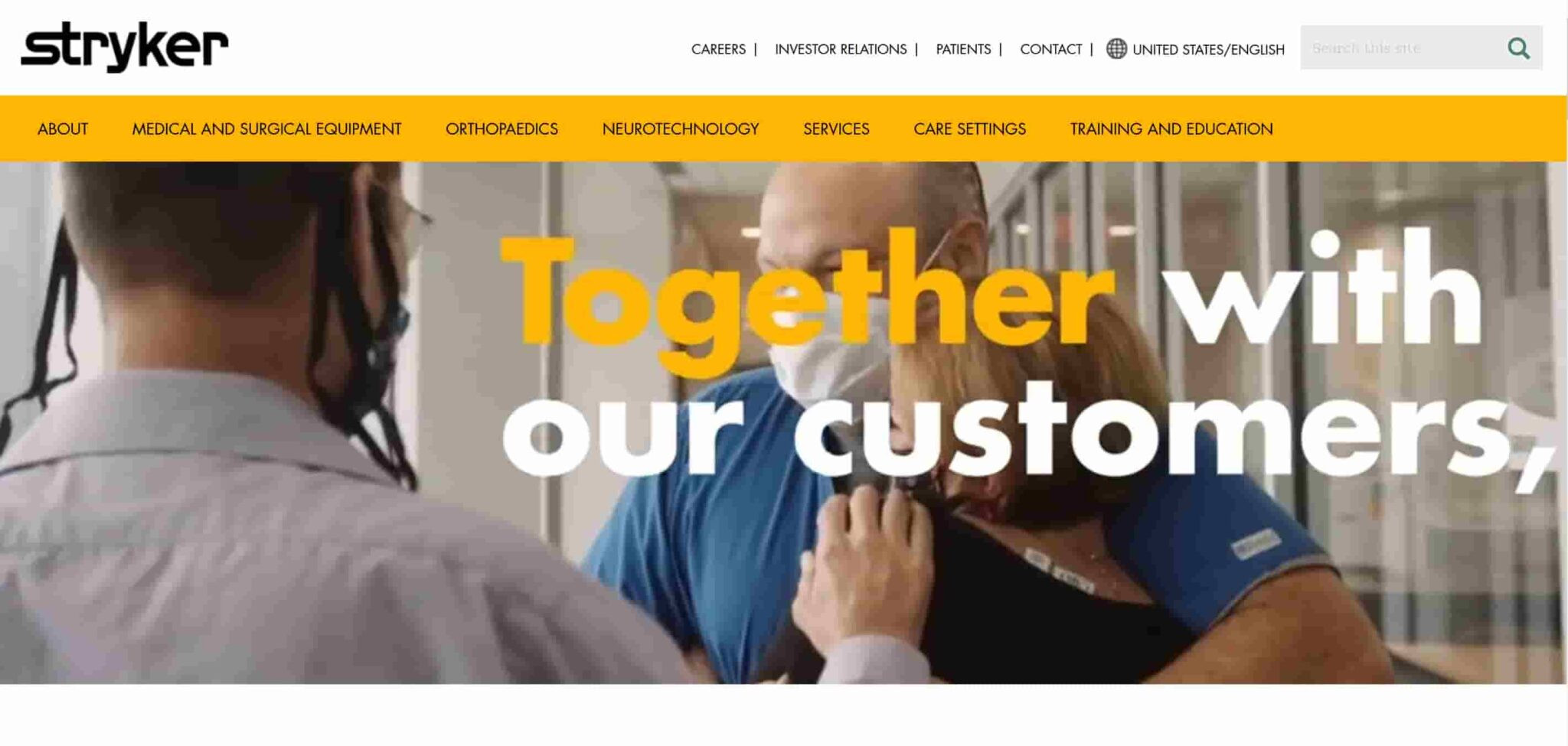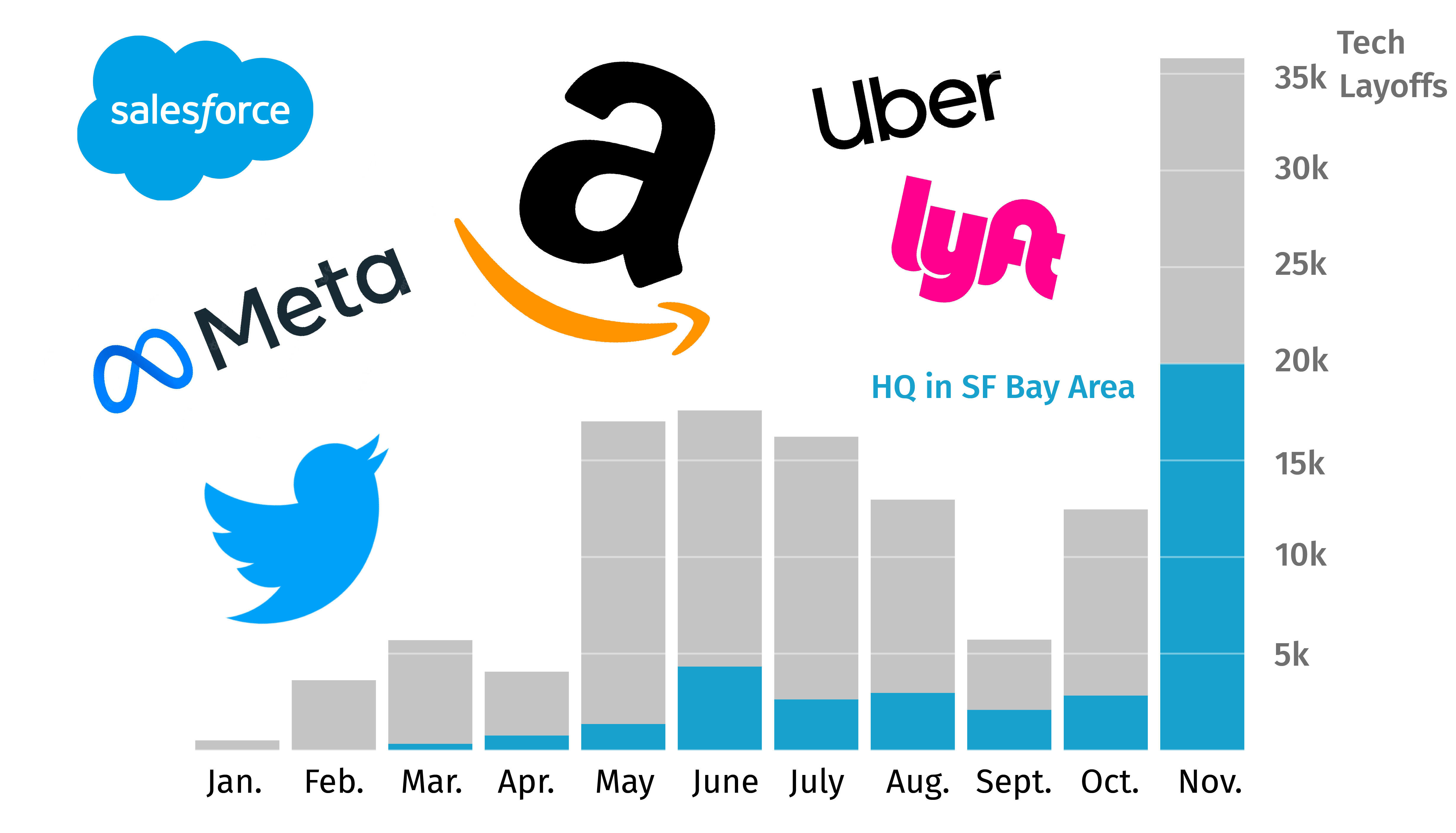Once a year, I have the privilege of stepping back to spend time with some of the world’s smartest, most forward-thinking business leaders.
This past week, I spent four days in California’s wine country, huddled with an intimate group of 50 leaders of strategy and innovation, mostly from America’s largest companies. We heard fascinating presentations on everything from artificial intelligence to biomimicry to embodied cognition and how to reduce friction in our organizations. We split into smaller groups, where we were vulnerable about what was happening both professionally and personally. We learned, laughed, cried, danced … and sipped our fair share of lovely Napa wine in the evenings.
I came away from last year’s retreat with the clear sense that The next 10 years will have an outsized impact on the happiness of the human condition for the next thousand years. I know that sounds incredibly grandiose, but developments in AI, climate change and social fragmentation convinced me that this is true. The world is at a pivotal point. So I went to Napa this year with one big follow-up question: “What should we actually be doing about that?”
The Next 10 Years Will Be Transformative
It turns out that the answers to that question were manifold, but I’ll share three broad themes that emerged around technology, culture and business.
The Rise of AI
The discussions on technology were, inevitably, dominated by AI. There was consensus that no one really knows what’s going on inside these machines and where it will lead. Even top AI executives acknowledge they aren’t sure about the inner workings of large language models.
But what was clear is that the organizations getting real value out of AI today are those whose leaders are fully engaging with the technology rather than delegating it. Tinkering with ChatGPT for a few hours isn’t enough. Leaders need to spend real time with AI. Ten hours will get you a basic exposure. Twenty hours will start to reveal some helpful use cases for you. And 30 hours will start to show you patterns of where you might go from here. Of course, the technology is improving rapidly, so you have to keep going back to stay abreast of its rapidly changing capabilities.
This is counterintuitive given the conventional wisdom that senior executives should focus on the big picture and avoid getting into the weeds. But it’s not that simple: leaders need to know enough to gain intuition into how a technology will affect their business. The boss of a retail chain doesn’t need to know every SKU code on the shelves, but they should be walking their stores on a regular basis to see what’s happening on the ground. Similarly, CEOs don’t have to write code, but they need to develop a strong intuition for what AI can do, and what it can’t.
Culture Shift
After the murder of George Floyd, companies made significant commitments to diversity, equity and inclusion (DEI). Most of those commitments were performative. And a lot of those initiatives have fizzled out. What’s more, DEI has become a political hot button for conservatives. Not surprisingly, companies have pulled back. But something bigger is happening in society.
American culture is shifting, whether companies do anything different or not. People are demanding a seat at the table. Not just men, but women too. Not just white people, but people of color. Not just straight people, but queer folks.
I heard it over and over again from every speaker and most of the participants. Inclusivity wasn’t a separate idea. It was woven throughout the presentations and conversations.
Inclusion has moved in the culture to become a minimum standard of performance. Your product doesn’t work if it doesn’t work for everyone. That, in turn, requires a team and supplier ecosystem that reflects a diverse base of customers.
We’ve seen this kind of move to greater inclusion before. Today, no one would think of designing a building that wasn’t wheelchair accessible. Or making a kitchen stove that would let kids light the house on fire.
Take, for example, how cars are designed. For years, it was assumed that women suffer more serious injuries in car accidents because they were more physically fragile than men. In fact, it was because car safety features had been designed for men. Even the crash test dummies were taller and heavier than the average woman. To be sure, it can pay for companies to be selective about their customers—but for the right reasons, such as their tastes and values, not their gender or race.
Leaders as Editors
Participants were in strong agreement that the role of the senior leader or CEO has fundamentally changed. Gone are the days of command-and-control style bosses who lead their troops into battle like a Civil War-era general. Leaders today need to think more like the editor-in-chief of a newspaper. Anyone who’s worked with a great editor knows that their magic lies in subtracting words, not adding them, while making the narrative more concise and coherent. Leaders don’t need to edit content. They need to edit their employees’ time: eliminating systems, processes and objectives that waste resources, slow decision-making or distract from the mission.
Today, the best leaders are those who focus on curating and collaborating rather than commanding. They look for ways to streamline processes and avoid the common psychological trap of continuously adding things (meetings, software applications, roles, rules etc). They understand that different projects and problems demand different approaches rather than following the template of the latest business-school fad. If a poor decision is easily changeable, they change it fast. But they also realize that some problems demand a slower, more considered approach.
Amplify Your Impact
As we discussed technology, culture and leadership, something became increasingly clear: leaders need to find ways to accelerate their own and their team’s thinking. And we’re actively working against that.
My biggest takeaway was blindingly simple yet profound—get outside. I need to spend more time in the real world. And I need to spend more time in nature.
Like a lot of people, the pandemic led me to spend too much time indoors on Zoom meetings. My time interacting in person with brilliant leaders at a beautiful location made me realize how this habit is depleting my energy and probably making me think dumber thoughts. Nature doesn’t just replenish our energy—it clears the mind, making us better equipped to navigate the challenges ahead. Research indicates that being inside depletes one’s attention capacity while being in nature “fills up the tank.” One exec told me that she only makes big decisions when she’s outside—a practice that I now plan to emulate.
Spending more time in nature can also be a powerful way to explore new solutions. Biomimicry is emerging as a powerful tool for using nature to inspire products, services and even systems solutions. It’s not new. The distinctive sleek nose of Japanese bullet trains was inspired by an engineer’s bird-watching hobby. But technology is allowing ever more promising applications for copying nature. Indian startup Greenpod Labs, for example, developed a natural compound that activates the immune systems of plants, prolonging their post-harvest life. This helps to solve a food wastage problem that costs India $12 billion a year and sees it lose around 40% of its crops.
I still believe the next 10 years will affect the human condition for the next thousand years. We have access to many answers and solutions. But we’ll need large-scale transformation to meet the moment—how can we accelerate and share those ideas?
I think Victor Cho summed it up best. Victor is the former CEO of Evite and now of AI start-up Emovid. He gave me permission for this Chatham House Rule exception. As he sees it, the next several years depend on leaders’ ability to amplify their intentions if they intend to have a big impact. There are three big vectors of amplification: AI, relationships and nature.
AI is the obvious amplifier, allowing us to do far more with fewer people and at a much lower cost. Relationships are a no less powerful amplifying force. Those relationships frayed during the pandemic but leaders should now be finding and deepening partnerships that act as a force multiplier for their business and social intentions. And it’s time for leaders to start working with nature rather than against it.
I’ll no doubt get into the weeds this week as I return to my regular life. But the world is changing. Big shifts are upon us. And it’s time to get to work.
Dev Patnaik is the CEO of Jump Associates.

















